жЬ®жЫЬжЧ•, 8жЬИ 12th, 2010...11:13 PM
The art of the walk for gastronome in Kanda Part2
Reading time: About 5 minutes
The art of the walk for gastronome in Kanda Part2Awajicho- Classics remains here. Tonkatsu (Deep fried pork cutlet), Tempura, Soba (Buchwheat noodle), Smoked foods, Sweet bean paste shop, and lot more.
Unlike other places in Tokyo, this spot avoid bombing in WWII. So, here you can see many historical buildings which may be more than 100 years old.
But first of all, letвАЩs get start with juicy and rich flavor tonkatsu at вАЬYamaichiвАЭ.
This restaurant does not have that long history, but the taste of tonkatsu is wonderful, and I would say this tonkatsu is would be ranked in top 5 in Tokyo tonkatsu restaurant. Here is the menu.
From right to left, top to bottom, it says
Set meal (rice, soup, and pickled vegetables)
Prime Tenderloin 2,100 yen
Prime Loin 2,000 yen
Tenderloin 1,600 yen
Loin 1,500 yen
Deep Fried Shrimp (2 pieces) 1,400 yen
(3 pieces) 1,900 yen
Mixed (Small portion of tenderloin and loin) 1,500 yen
Skewed Tonkatsu 1,300 yen
Minced Meat Cake 1,000 yen
Scallop Croquet 1,400 yen
Fried Shrimp Cake 1,400 yen
Tenderloin Bowl 1,700 yen
Loin Bowl 1,600 yen
Fried Oyster (Oct. ~ Mar.) 1,400 yen
Side dish
Deep Fried Shrimp (1 piece) 500 yen
Skewed Tonkatsu (1 piece) 450 yen
Half Minced Meat Cake 300 yen
Scallop Croquet 250 yen
Fried Shrimp Cake 250 yen
One Bite Size Tenderloin Tonkatsu 250 yen
Fried Oyster (Oct. ~ Mar.) 250 yen
*Set meal (rice, soup, and pickled vegetables) available with additional 400 yen.
What you must eat at Yamaichi is prime loin tonkatsu. You must order it before any other dishes.
Set meal overview. Rice, pickled veggies, tonkatsu plate, and miso soup. Dressings, salt, and sauce is on back side of the picture.
Prime Loin Tonkatsu. Pork will melts once it gets into your mouth. Thin sliced cabbage refreshes your mouth. Japanese mustard would put accent.
Crispy outside, juicy inside. Yamaichi uses sesame oil. The scent of sesame oil and sweet pork flavor matches perfectly.
With sauce, it is fantastic!!
вАЬTempeiвАЭ is one of the best tempura restaurants in Tokyo. It is famous for long history and unsurpassed quality of food. To distinguish Tempei from others, Tempei uses torreya oil which many of other tempura restaurants do not use. Because of the oil, TempeiвАЩs tempura is much crispier than the others.
вАЬMatsuyaвАЭ is one of the oldest soba (buchwheat noodle) restaurants in Japan. Matsuya originated in 1884, and still, loved by many gastronomes. Recommended item is Morisoba, the simplest but ultimate style for enjoying soba. Temnanban and Hanamaki are also recommended. Temnanban has shrimp tempura with warm dashi soup, and Hanamaki has sea weed and wasabi.
Since 1880, вАЬYabusobaвАЭ sought for a best soba. They select best ingredients from all over Japan. And skillful artisan spirit chef cooks delightful meals. They serve different menu on each season due to the best ingredient changes by the season. From late February to April, spring vegetable soba is recommended. During April to August, a water shield vegetable soba is great. June to September is ice cold egg plant soba, September to October is Matsutake mushroom soba, and October to March is oyster soba. If you would like to feel Japanese seasonal ingredients, you better visit this one of the best soba restaurant in Tokyo.
Inside of the restaurant. Seirou soba is the simplest soba menu. Junsai soba is seasonal soba, cold and crispy vegetables and soba matches perfect.
вАЬIsegenвАЭ is famous for its angler fish dish cooked in a pot. Angler fish is seasonal food for winter, so in the other seasons, they serve other authentic and traditional Japanese food. It is recommended to visit in winter season.
Isegen
вАЬBotanвАЭ is another traditional pot food restaurant in this city. They serve chicken sukiyaki (meats and vegetables saut√©ed and boiled in a pan with sauce. Usually, sukiyaki is cooked with beef, but back in old days in Japan, beef was not familiar therefore itвАЩs chicken. Botan also started its history in 1800вАЩs, actually in 1897. From that time their way of cook has not yet changed, they use charcoal fire instead gas so that meat will get heat gradually. Their building is also has not changed from early 1900вАЩs. You will sure enjoy the atmosphere of this traditional restaurant.
вАЬKemuriвАЭ is a smoked food restaurant. Because of its location, like Matsuya and other restaurants in this area, Kemuri is also businesses in historical building. But Kemuri itself does not have that much long history. Although they serve new style Japanese cuisine fusion and influenced from Europe cuisine, their exteriors and interiors are very classical Japanese house. It is sure enjoyable both the tastes and the atmosphere.
Finally, the best dessert place in this area is вАЬTakemuraвАЭ. Originated in 1930, famous for fried manju, a bun stuffed with sweetened bean paste. In winter, enjoy hot sweetened bean paste soup. In spring, enjoy cherry blossom tea and manju. In summer, enjoy shaved ice with sweetened bean paste. You will enjoy traditional Japanese confectionery at Takemura for sure.
Related Post
*The art of the walk for gastronome in Kanda Part1
*The art of the walk for gastronome in Kanda Part3
*The art of the walk for gastronome in Kanda Part4
*The Rabbit Hole Language Cafe









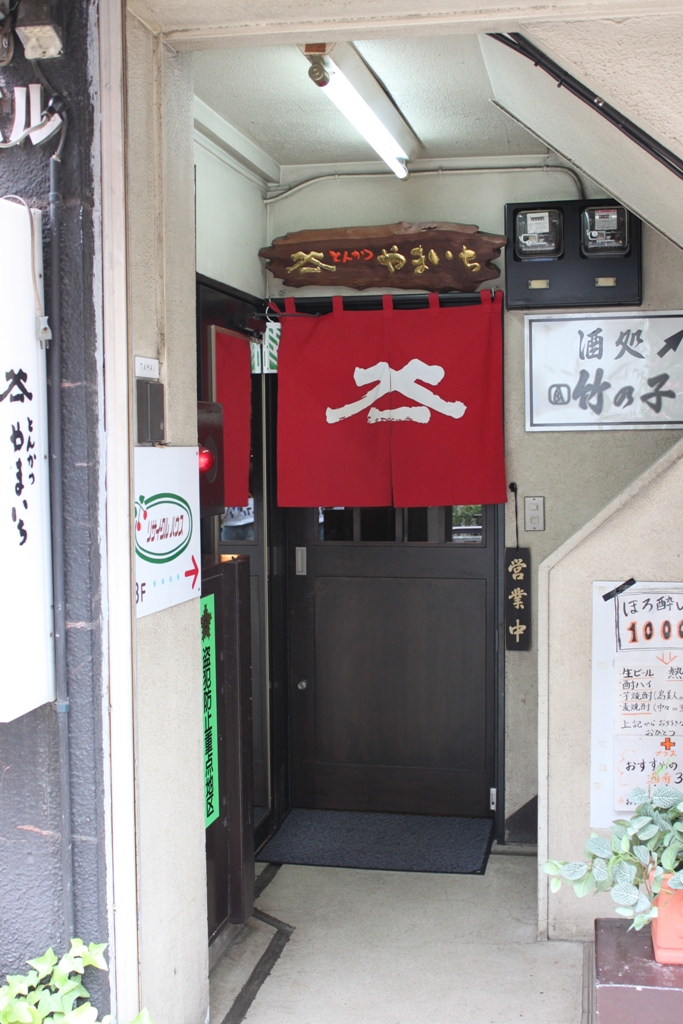
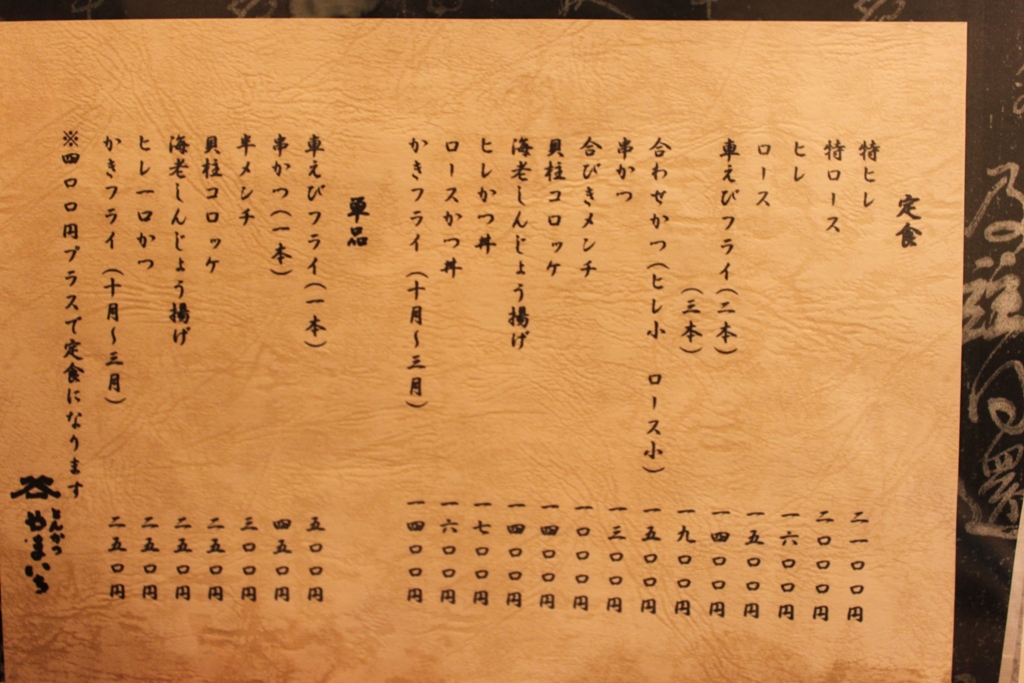

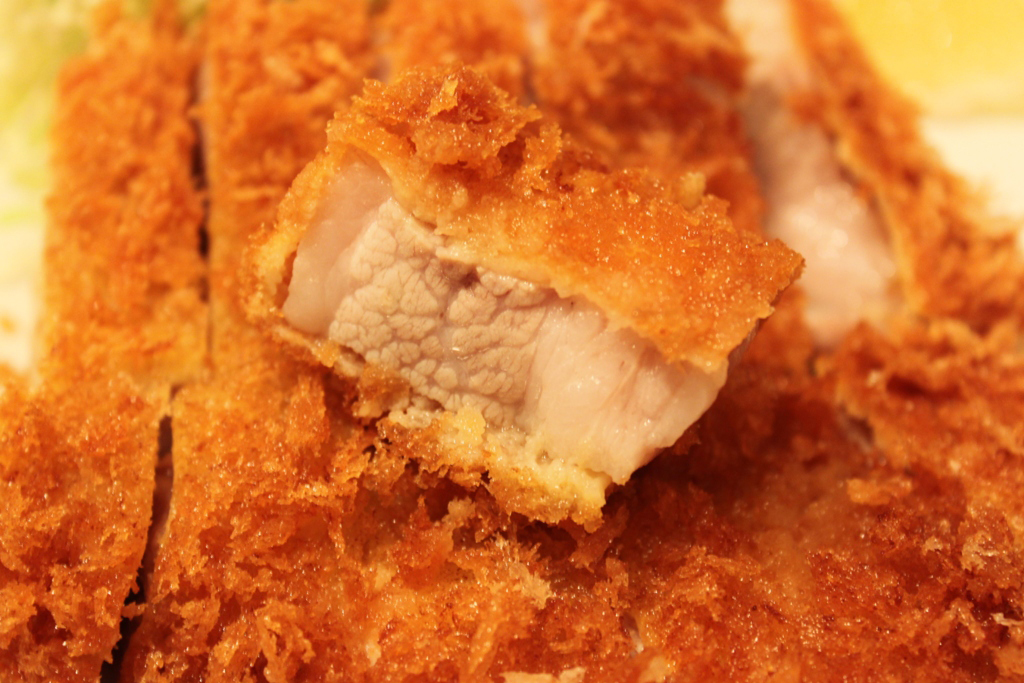
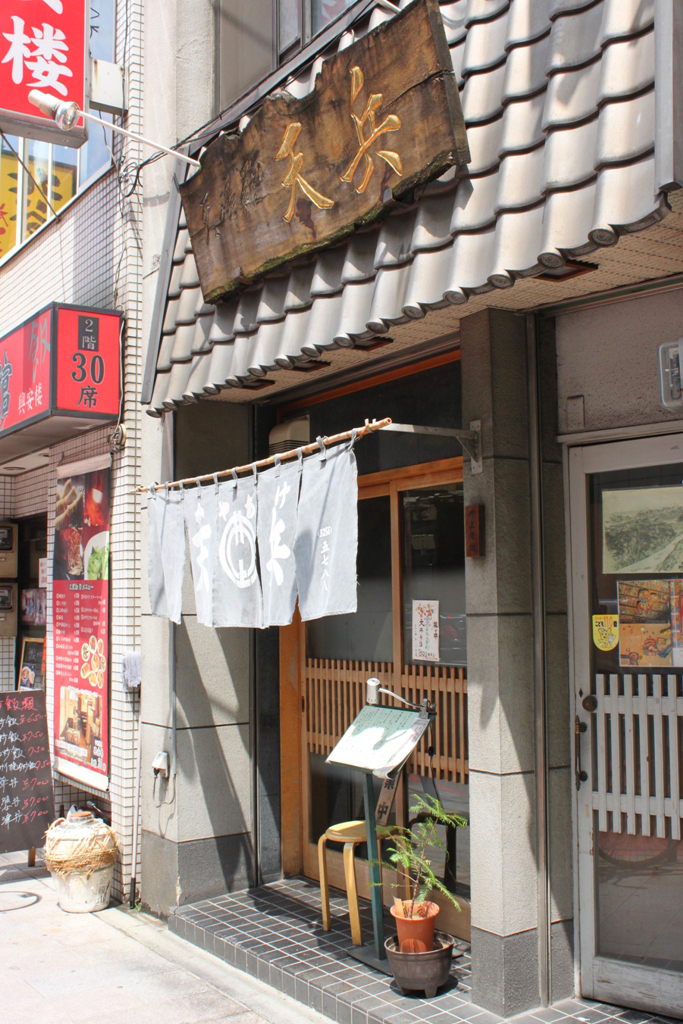
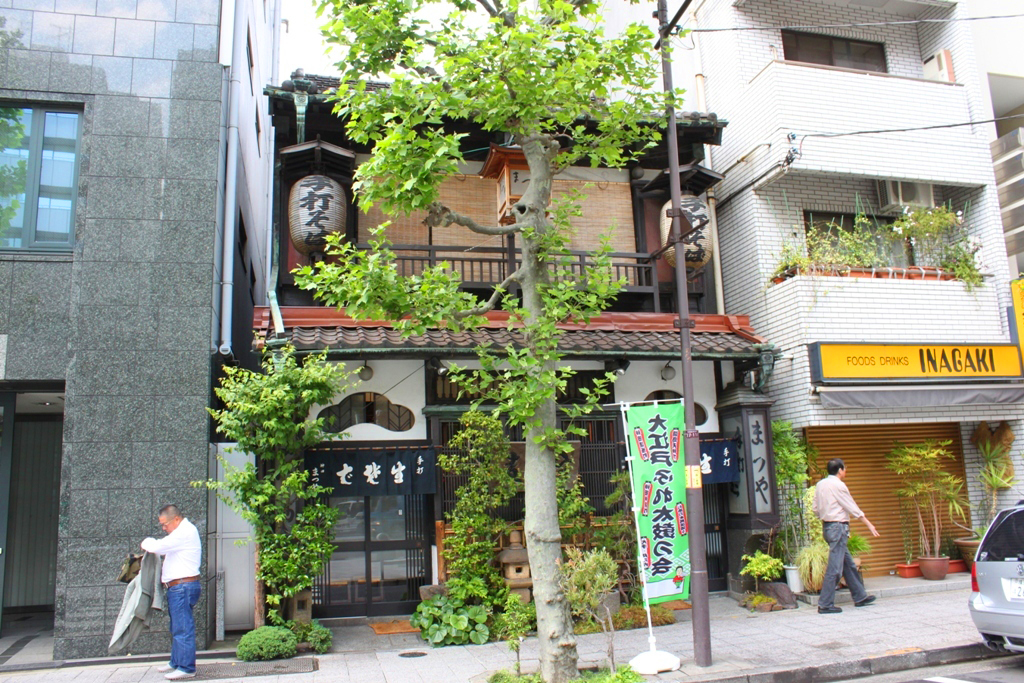
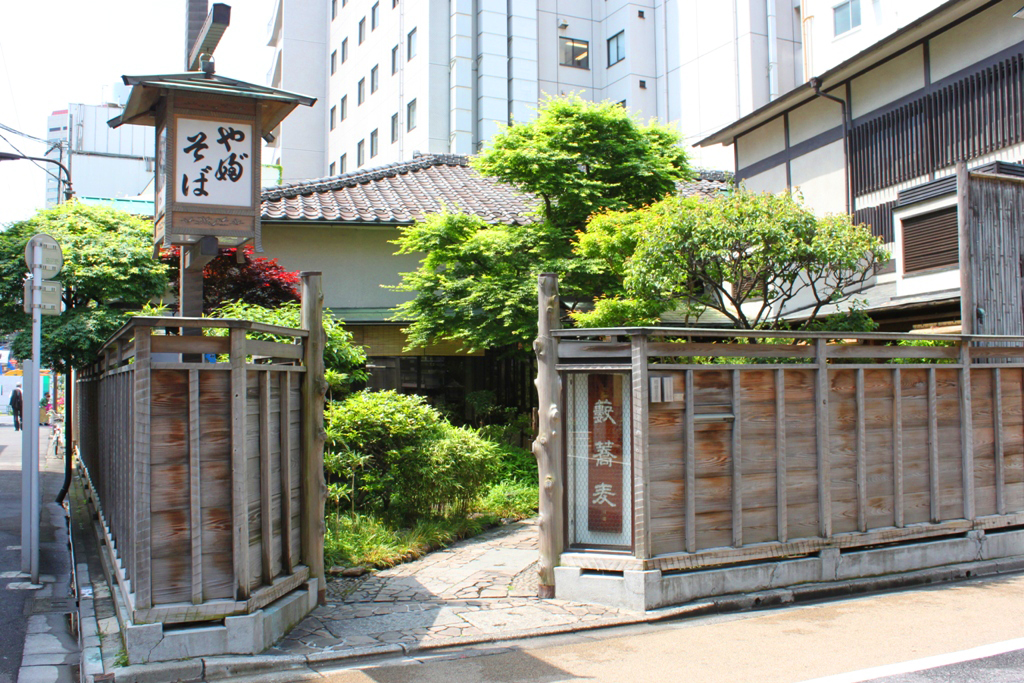
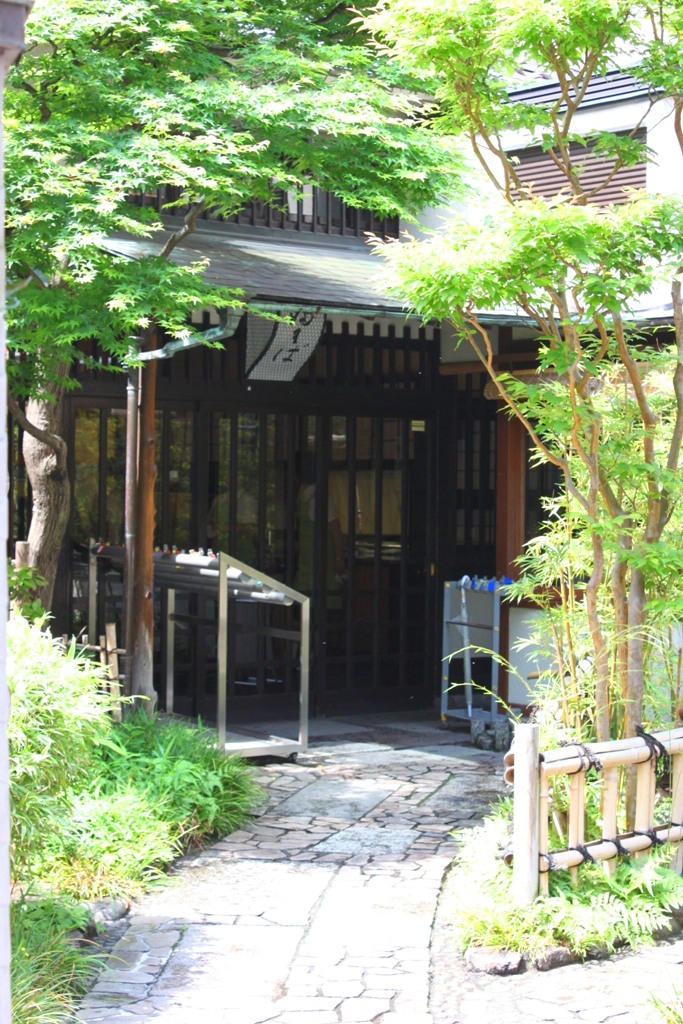
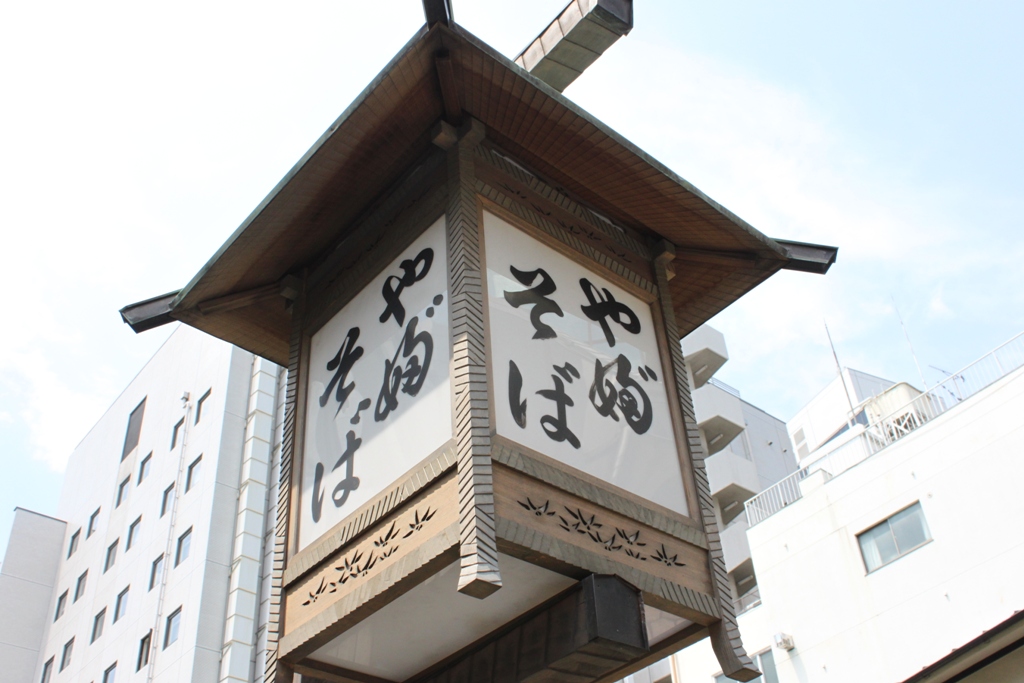
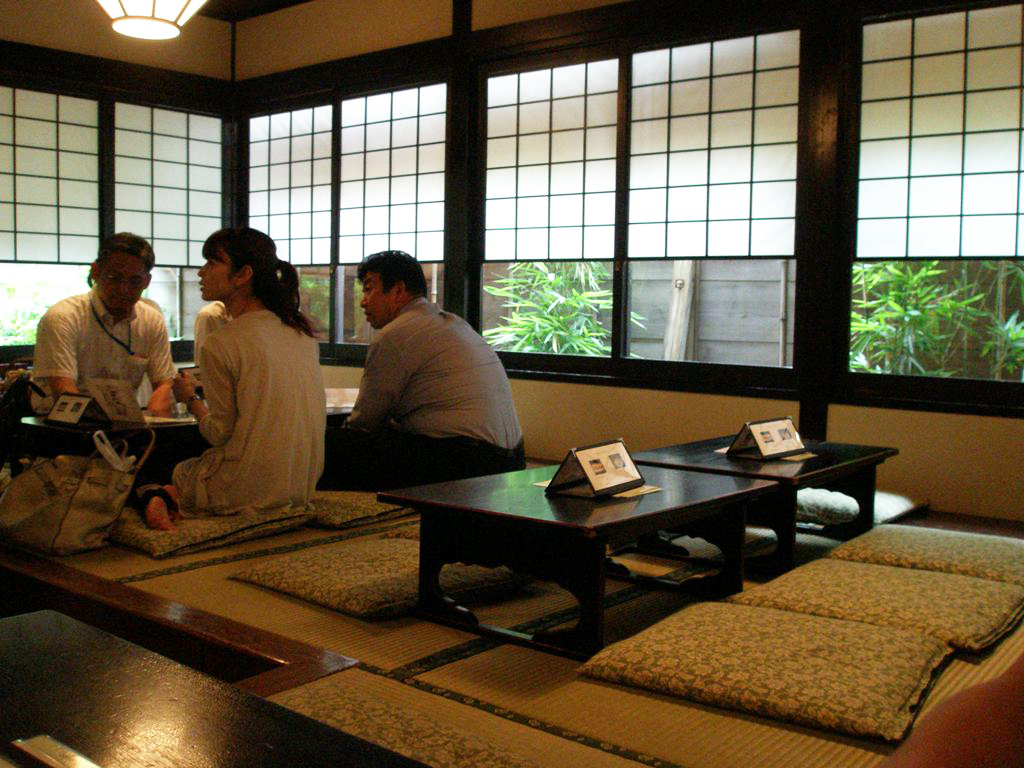
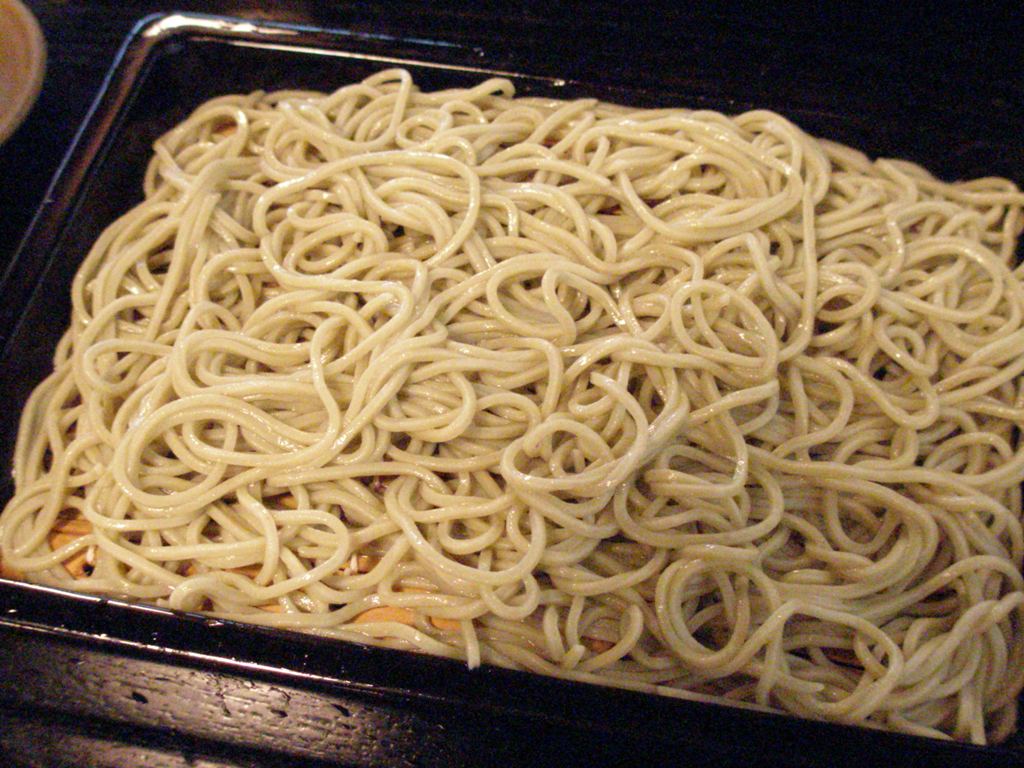
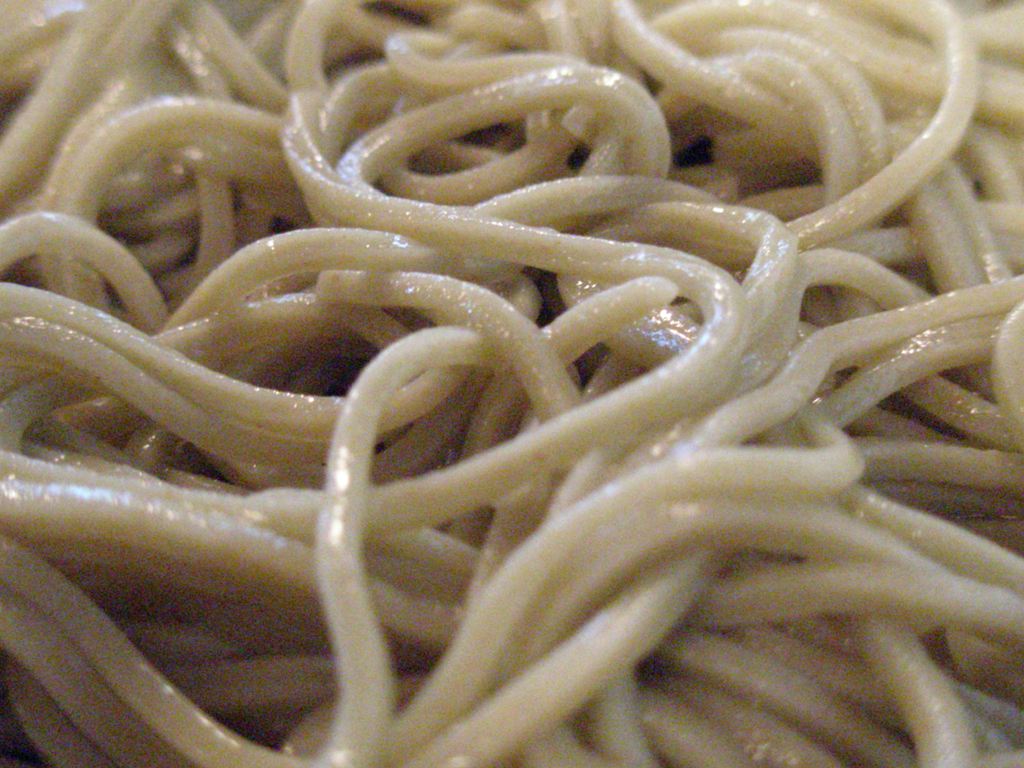
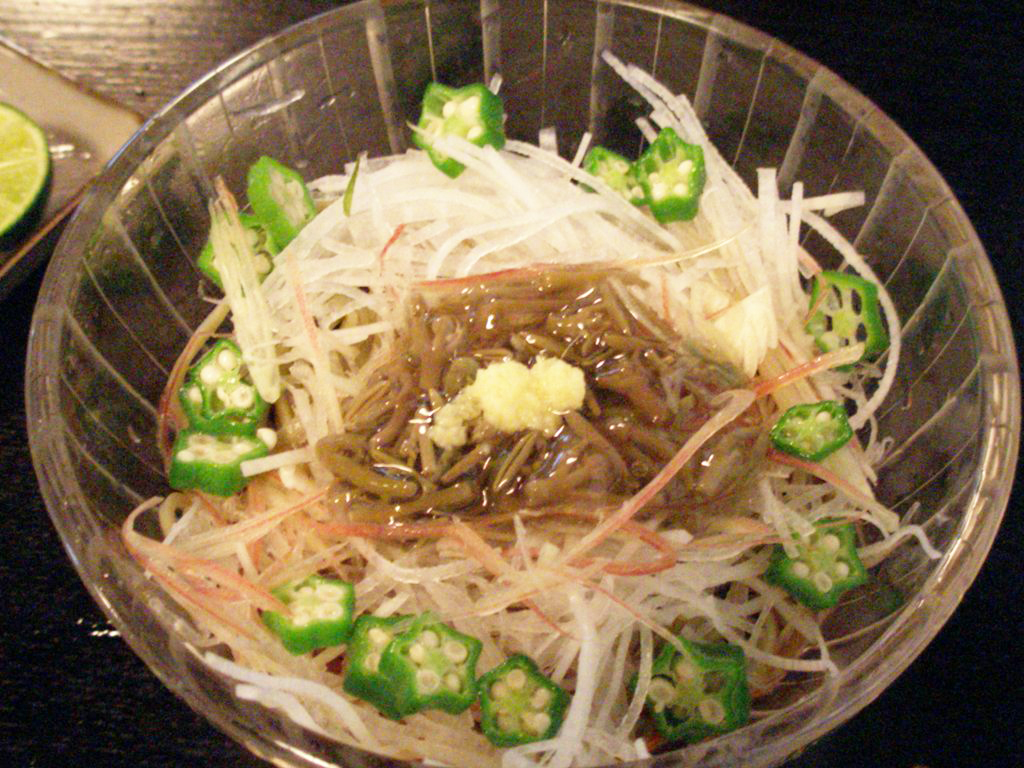
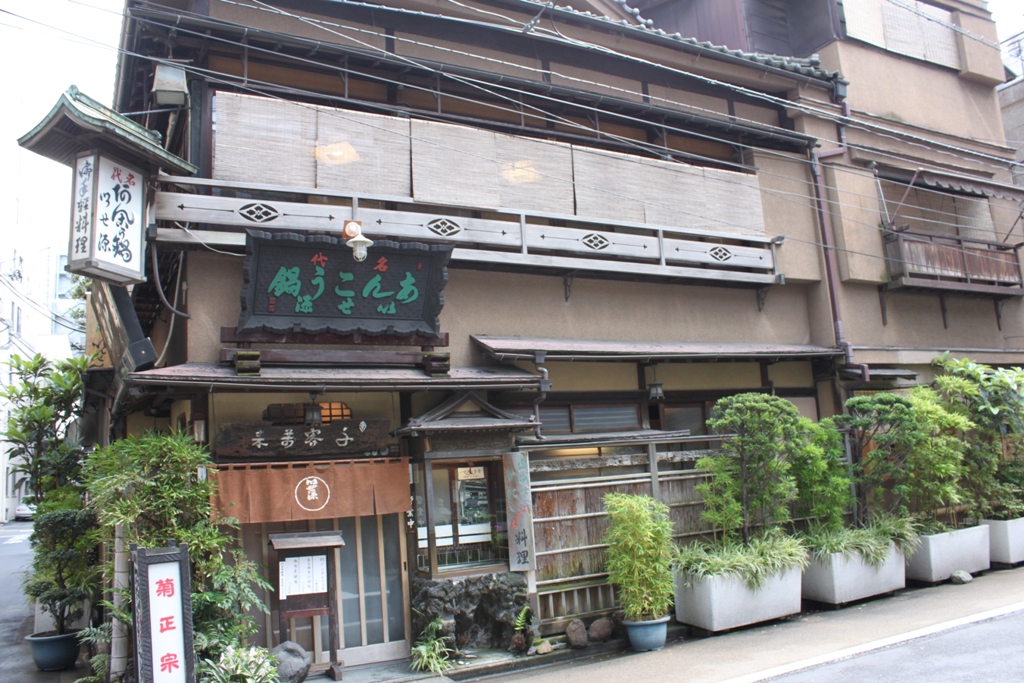
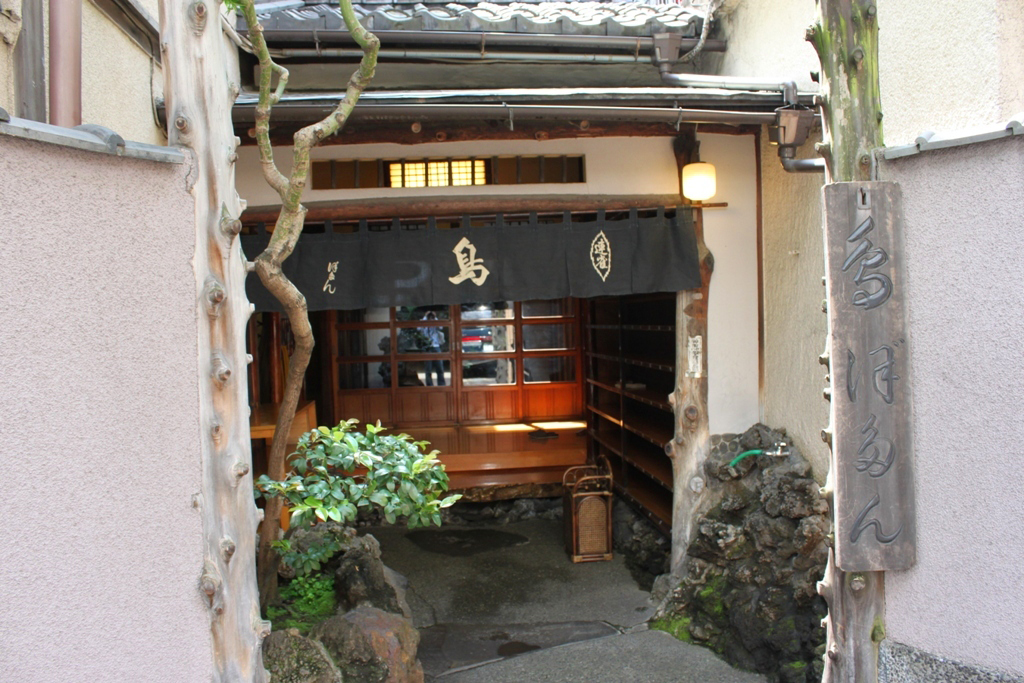
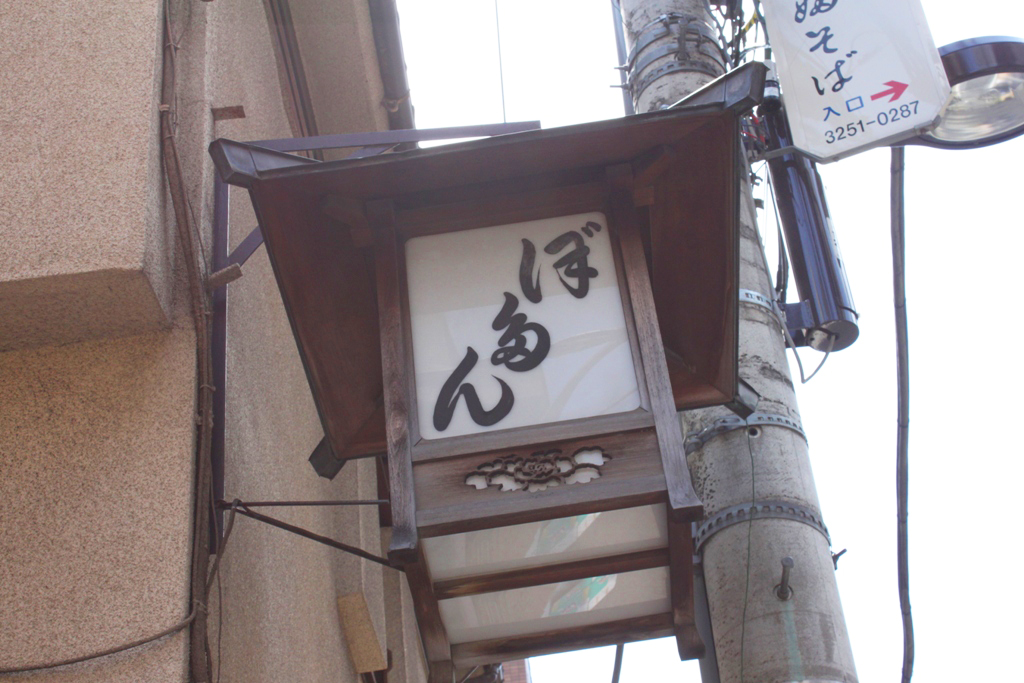
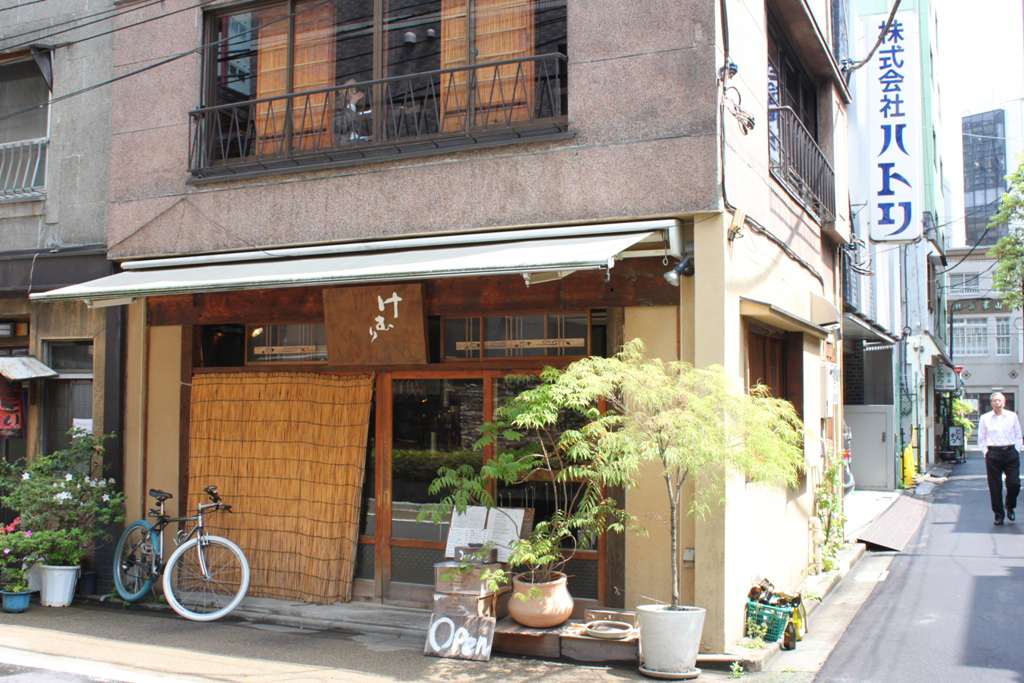
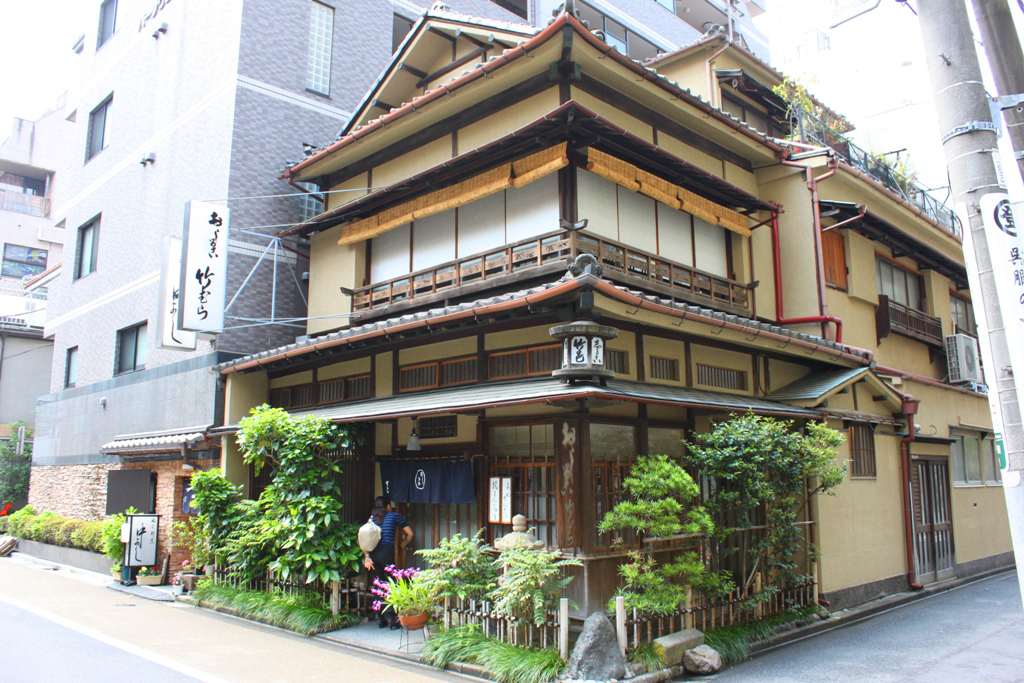











Leave a Reply